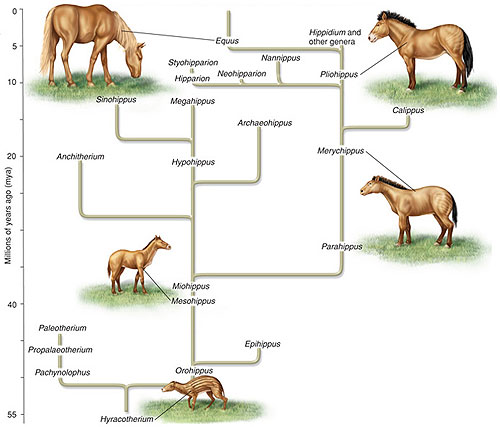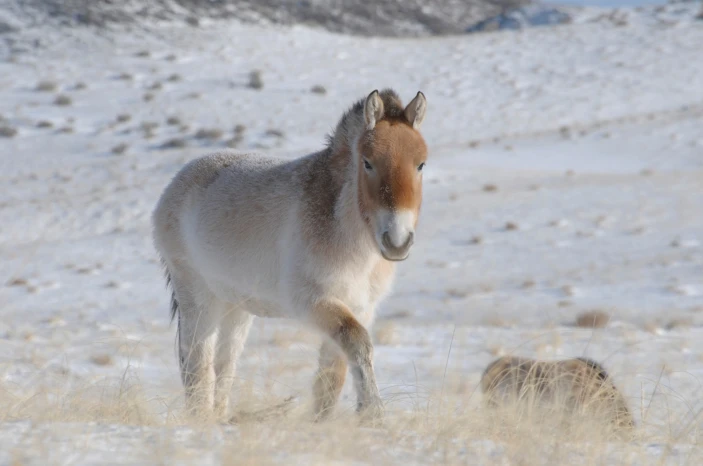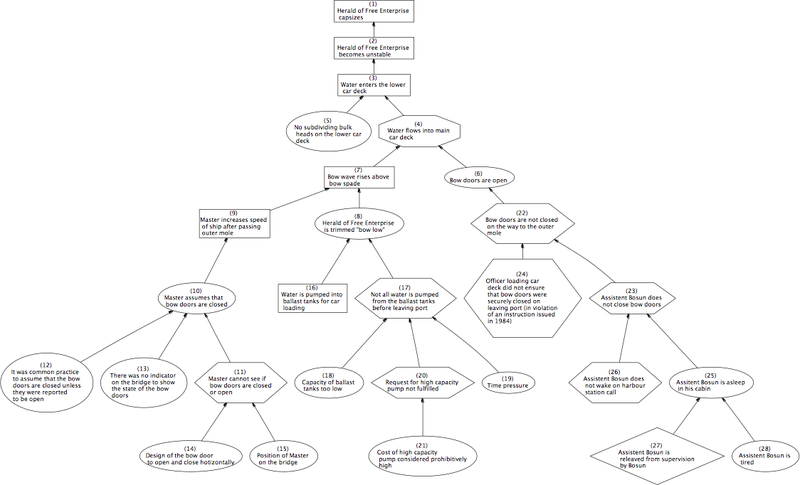 |
| Prof. Ian Stewart, Dr. Terry Pratchett and Prof. Jack Cohen |
Briefly, the idea was thought up by Anselm, an early Anglo-Norman archbishop of Canterbury. He argued in his Proslogion that,
God [is] "that than which nothing greater can be conceived", and then argued that this being could exist in the mind. He suggested that, if the greatest possible being exists in the mind, it must also exist in reality. If it only exists in the mind, a greater being is possible—one which exists in the mind and in reality.Apparently, this is still trotted out in all seriousness by (especially) Christian apologists, who apparently see nothing wrong with essentially claiming they can define a god into existence and that such a god is obliged to exist.
Source: Wikipedia - Ontological argument
I came across this elegant illustration of the simple, intellectually dishonest, fallacy behind this apologetic in a book by Terry Pratchett, Ian Stewart and Jack Cohen, The Science of Discworld IV - Judgement Day.
This book is the fourth in a series dealing with basic scientific principles in a very readable way using stories set in Terry Pratchett's Discworld. The science is almost all Ian Stewart and Jack Cohen, two popular science writers. I can highly recommend both the Discworld series and the Science of Discworld series.
On Anselm's Ontological Argument, they have this to say, though they refer to it as Thomas Aquinas's argument from Summa Theologica which is virtually identical in form:
Logicians and mathematicians are painfully aware, however, that this argument is flawed. Before you can use a characterisation of some entity to deduce its properties, you have to provide independent proof that such an entity exists.So the ontological argument is nothing more than sleight of hand; a circular argument which surreptitiously assumes its conclusion and then feeds that a priori assumption into the argument in order to produce the required answer. That is why, just like the Cosmological Argument so beloved of William Lane Craig, it works with any god or any daft notion you can dream up. If you didn't spot it earlier, Anselms fallacy was in the opening sentence. He first defined God as "that than which nothing greater can be conceived" without first providing any independent proof that such an entity actually exists.
The classic example is a proof that the largest whole number is 1. Consider the largest whole number. Its square is at least as big, so it must equal its square. The only whole numbers like that are 0 and 1, of which 1 is the larger. QED. Except, 1 is clearly not the largest number. For instance, 2 is bigger.
Oops.
What's wrong? The proof assumes that there is a largest whole number. If it exists, everything else is correct, and it has to be 1. But, since that makes no sense, the proof must be wrong, and that implies that it doesn't exist.
So, in order to use the ontological argument to infer the existence of the greatest conceivable being, we must first establish that such a being exists, without simply referring to the definition. So what the argument proves is 'if God exists, then God exists'.
Congratulations.
Quite obviously, had such proof been available to Anselm, or anyone else for that matter, he wouldn't have needed to invent the ontological argument in the first place, let alone perform that little bit of deception. We can be sure then that Anselm knew there was no available proof of the Christian god, just as we can be sure that those who still try to get away with it know they have no such proof.
As I've said before, substitute a peanut butter sandwich for 'God' in any theological apologetic and you can justify worshipping peanut butter sandwiches. If you are gullible enough to to fall for religious apologetics, exercise caution here or you could end up worshipping equally insane and inanimate objects. You could even start your own cult if you can find a few equally gullible idiots with thinking difficulties


















